Photophobia is the increased sensitivity to light or clarity that causes a dislike or discomfort in the eyes in these situations and causes symptoms such as difficulty opening or keeping eyes open in a lighted environment.
Thus, the person with photophobia suffers from an intolerance to the light stimulus, which can be caused by diseases of the eye, such as congenital defects or eye inflammation, or by systemic diseases, such as albinism or meningitis, for example. In addition, photophobia may be facilitated in some situations, such as by excessive use of contact lenses or during recovery from eye surgery.
Photophobia can be cured, and your treatment is directed by the doctor to your cause. However, this cause often can not be eliminated, and it is recommended to follow some tips to reduce the effects of this sensitivity on a day-to-day basis, such as wearing sunglasses or photochromic lenses.
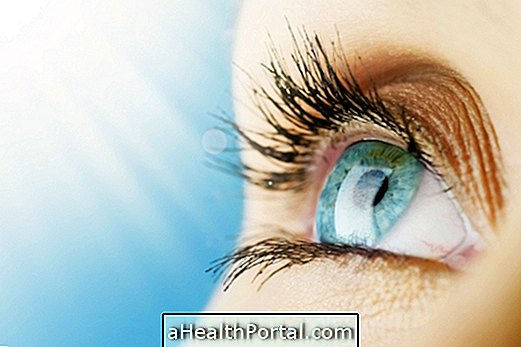
Main causes
The eyes always try to protect themselves from the light, which when excessive may bother. However, in photophobia there is a more exaggerated reaction, and the risk may be increased in the following situations:
- Congenital retinal diseases, such as absence of pigments in the fundus of the eye, absence of iris or albinism;
- Light colored eyes, such as blue or green, because they have the least ability to absorb pigments;
- Eye diseases such as cataracts, glaucoma or uveitis;
- Eye injuries, caused by infections, allergies or injuries;
- Astigmatism, a situation in which the cornea presents changes in its shape;
- Neurological changes such as migraine or seizure.
- Systemic diseases not directly related to the eye, such as rheumatic diseases, meningitis, rabies, botulism or mercury poisoning, for example;
- Excessive use of contact lenses;
- After eye surgery, such as cataract or refractive surgery.
In addition, the use of some medicines, such as phenylephrine, furosemide or scopolamine, or illicit drugs such as amphetamines or cocaine, for example, can also increase sensitivity to light and cause photophobia.
Common Symptoms
Photophobia is characterized by increased aversion or sensitivity to light, and when exaggerated it indicates some change in vision, and may be accompanied by other signs and symptoms such as redness, burning or itching of the eyes.
Also, depending on the type of change caused by photophobia, eye pain, visual impairment, or even manifestation elsewhere in the body such as fever, weakness or joint pain may occur.
Thus, in the presence of sudden, intense or repetitive photophobia, it is important to seek the ophthalmologist so that eye and eye conditions can be assessed in order to find the cause and indicate the appropriate treatment.

How is the treatment done?
To treat photophobia, it is necessary to identify and treat its cause, after medical evaluation, it may be necessary to operate a cataract, correct the vision for astigmatism or use medicines to prevent migraine, for example.
In addition, some tips that should be followed to relieve the symptoms of photophobia are:
- Use photochromic lenses, which adapt to the brightness of the environment;
- Wear sunglasses in bright environments with UV protection to prevent eye damage;
- Prefer grade glasses with polarized lenses, which offer extra protection against light reflections caused by reflecting surfaces, such as water, for example;
- In sunny environments, wear wide-brimmed hats and prefer to stay under the umbrella;
In addition, it is recommended to make annual evaluations as an ophthalmologist, to monitor eye health and detect changes as soon as possible.
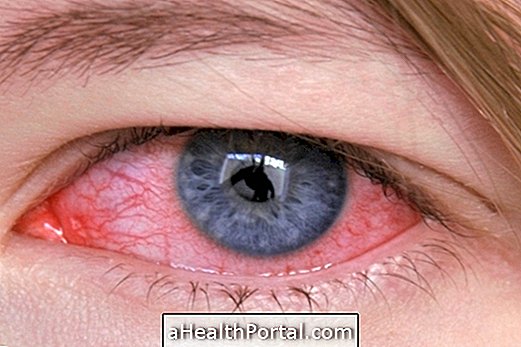
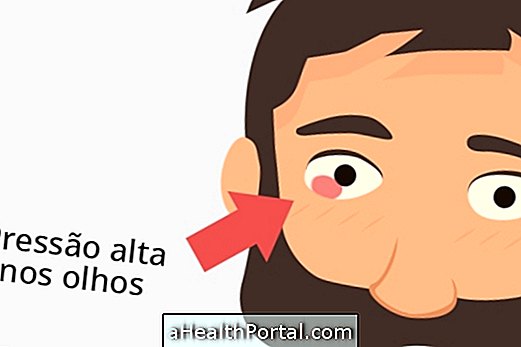
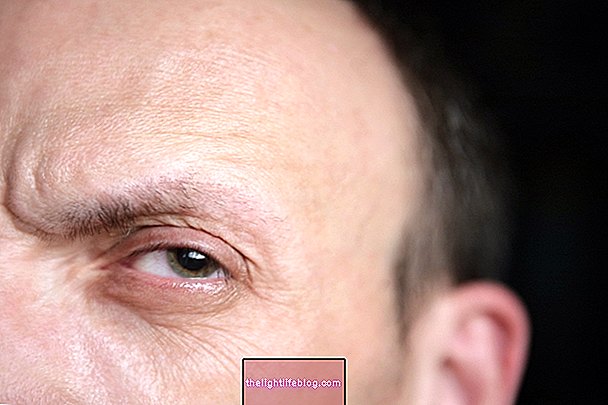
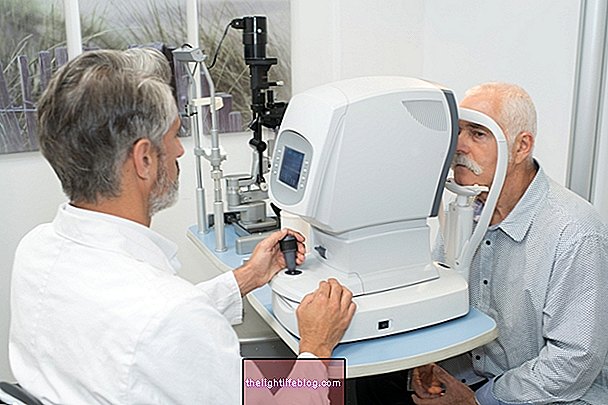
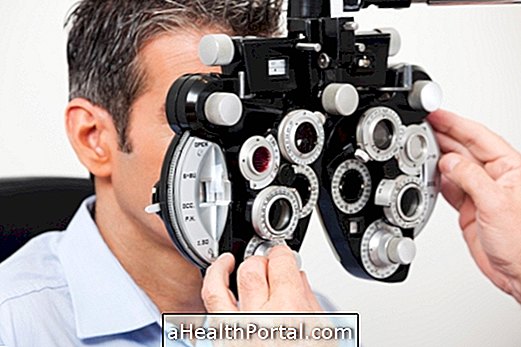











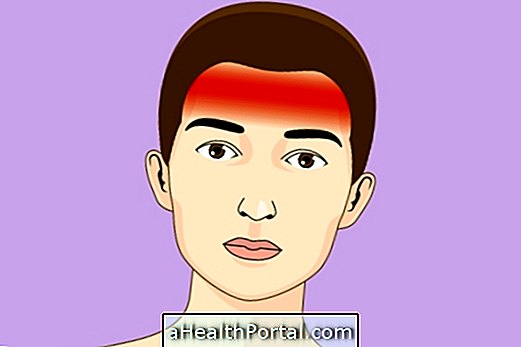

-o-que--quando-fazer-e-como-funciona.jpg)



